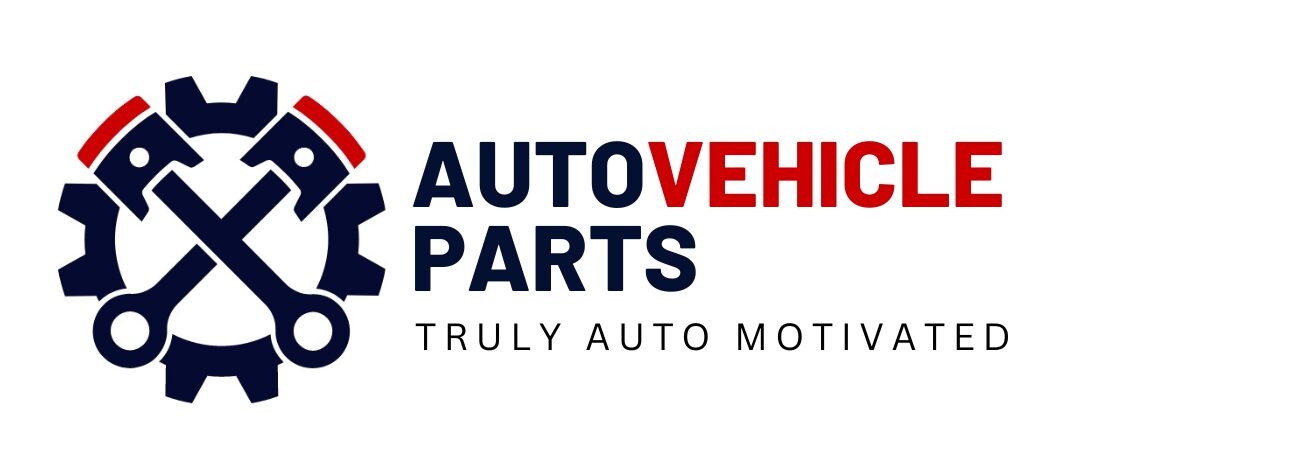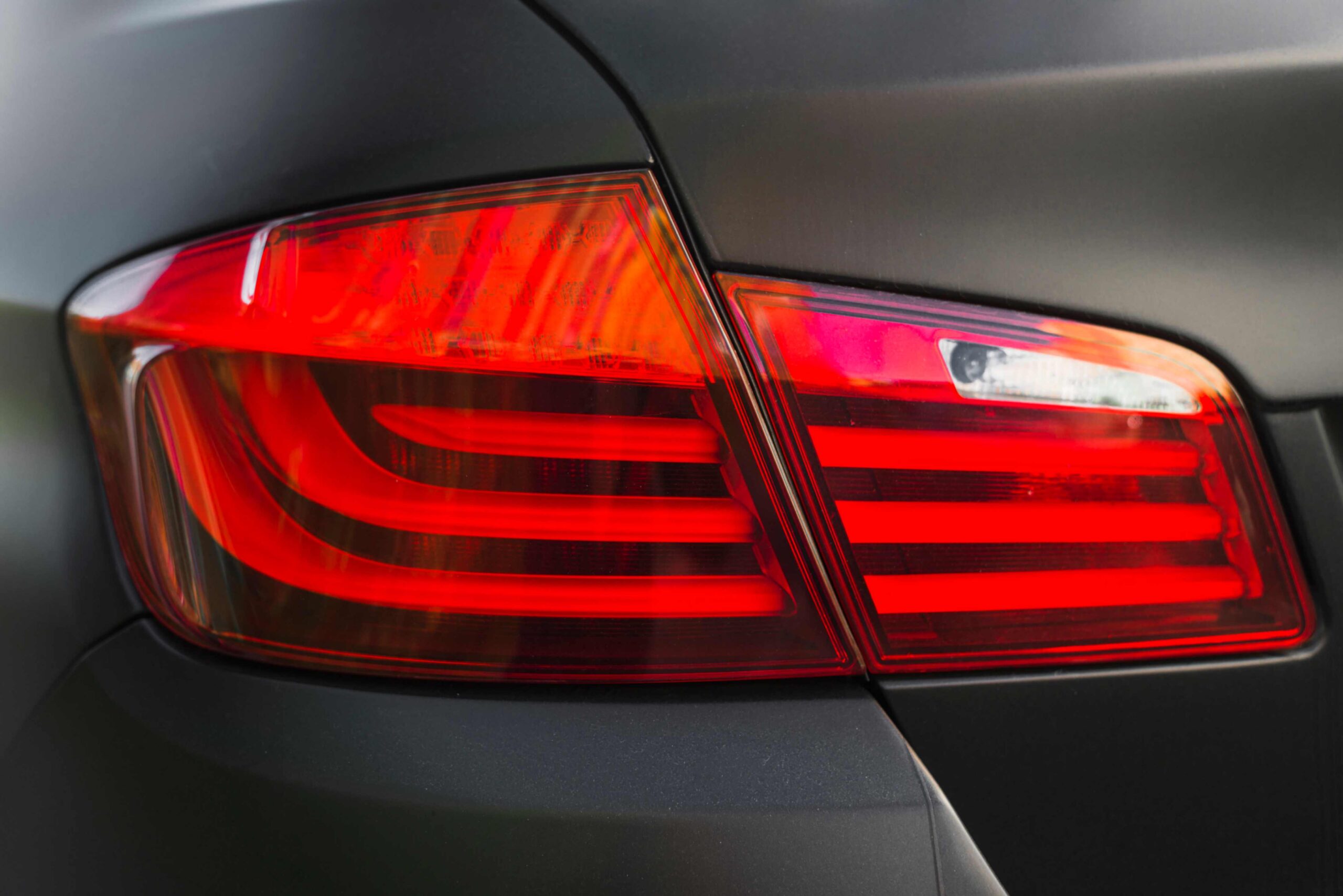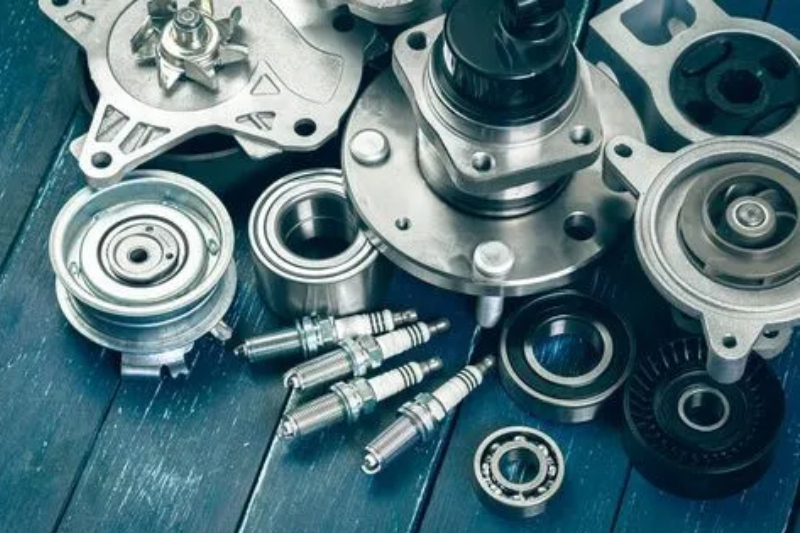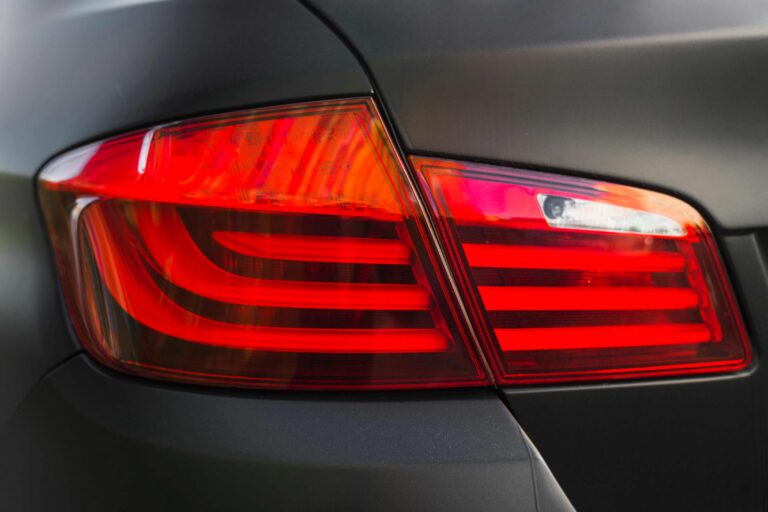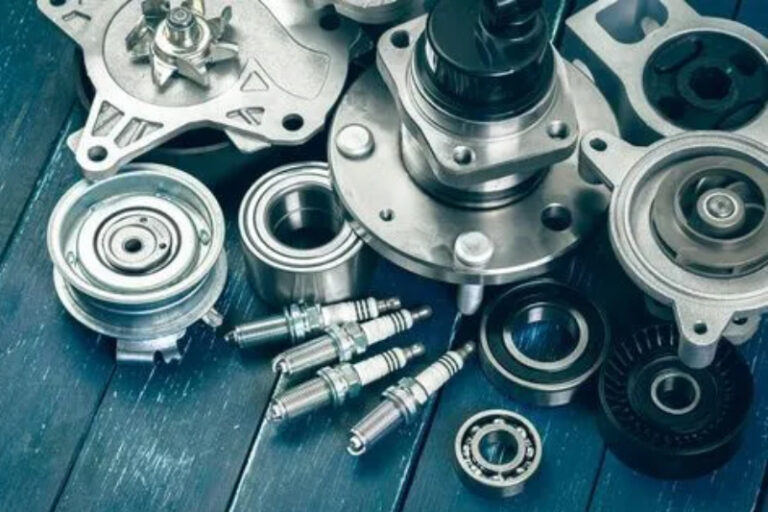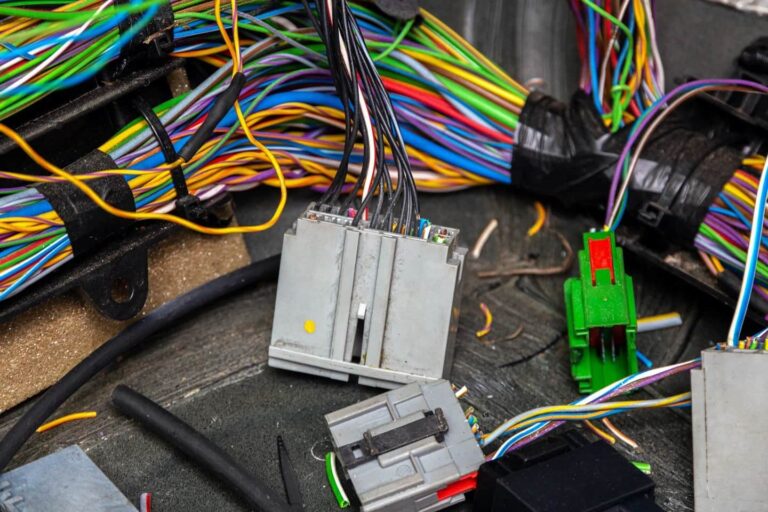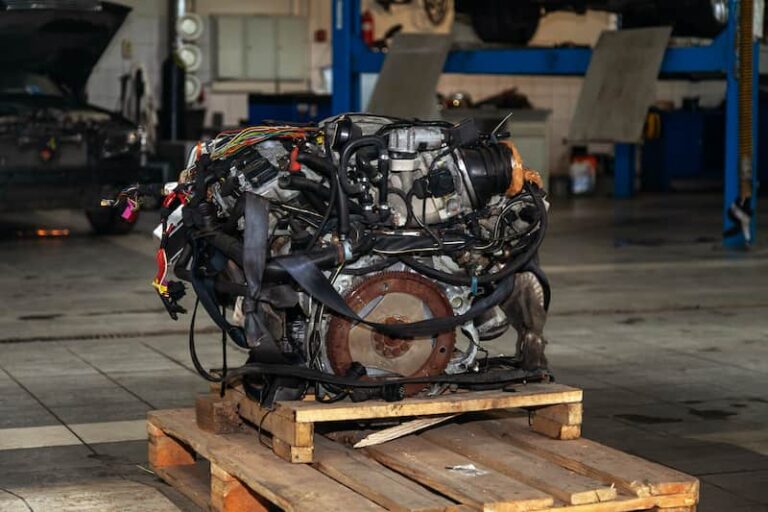Your vehicle depends on several filters to operate efficiently – air filters, oil filters, cabin filters, and equally important yet often overlooked, the inline fuel filter. While most drivers understand how crucial clean air and engine oil are, many forget that fuel also needs filtration before it reaches the combustion chamber. A contaminated fuel supply can cause misfires, injector damage, poor fuel economy, and long-term engine wear.
This guide provides a complete breakdown of why inline fuel filters matter, how to identify issues, and how to replace your old filter safely – whether you’re a beginner or an experienced DIY mechanic.
Why an Inline Fuel Filter Matters
Your car engine requires clean fuel to perform at its best. Even the cleanest gasoline or diesel contains microscopic contaminants – dust, rust flakes, debris from the fuel tank, and sediment that accumulates over time. The inline fuel filter prevents these particles from entering your injectors and damaging your fuel system.

Key Benefits of a Clean Inline Fuel Filter
- Prevents clogged injectors
- Protects fuel pumps and fuel rails
- Improves acceleration and engine performance
- Ensures efficient fuel combustion
- Extends the life of your engine
Modern engines, especially those with fuel injection systems, require extremely clean fuel. Some filters trap particles as tiny as 10 microns – much smaller than a grain of sand. For diesel engines, filtration is even more critical because injection pumps operate under high pressure and require contaminant-free fuel.
Which Direction Should an Inline Fuel Filter Go?
This is one of the most common questions asked by vehicle owners.
Most inline fuel filters have an arrow on the side, indicating fuel-flow direction.
- Arrow → Points toward the engine
If your replacement filter does not include an arrow, the larger inlet side usually connects to the fuel tank, and the smaller outlet side points toward the engine.
Installing the filter backward restricts fuel flow, causing stalling, poor performance, and potential fuel pump stress.
How to Change an Inline Fuel Filter: Step-by-Step Guide
Replacing an inline fuel filter is manageable if you follow proper safety procedures. Working with fuel is hazardous, so take your time and follow each step carefully.

Step 1: Prepare the Vehicle Properly
Before you begin, you need to reduce pressure in the fuel system.
- Park your car on a flat surface.
- Wear safety goggles and gloves.
- Keep a fire extinguisher nearby.
- Loosen the gas cap to relieve tank pressure.
If your car has a fuel valve, turn it off. If not, use a fuel line clamp to stop fuel flow.
Step 2: Remove the Older Inline Fuel Filter
Most inline fuel filters are secured with hose clamps or metal clips.
- Place a rag underneath to catch leaking fuel.
- Use pliers or a screwdriver to loosen the clamps.
- Gently twist and pull the fuel lines off the filter ends.
- Remove the filter and place it away from heat sources.
Any spilled fuel should be wiped immediately.
Step 3: Examine the Old Fuel Filter
Inspecting the old filter helps you understand the condition of your fuel system.
- Shake out remaining fuel onto a clean cloth.
- Look for rust particles, dirt, or dark sludge.
- Check the inner mesh or pleated paper for heavy contamination.
If the old filter is full of debris, it might be time to clean your fuel tank or inspect fuel lines for rust.
Step 4: Install the New Inline Fuel Filter
Now that the old filter is out, it’s time to install the new one correctly.
- Look for the directional arrow on the filter’s body.
- Position the filter with the arrow pointing toward the engine.
- Slide the fuel lines onto each end of the filter.
- Tighten hose clamps securely – but not excessively, to avoid damaging plastic fittings.
Double-check for snug, leak-free connections.
Step 5: Repressurize the Fuel System
Your fuel system must be re-pressurized before starting the engine.
- Tighten the gas cap.
- Turn the ignition to ON (not START) for 3–5 seconds.
- Repeat 2–3 times.
This allows the fuel pump to refill the lines and check for leaks. Inspect the filter area thoroughly.
Step 6: Start the Engine
Start the vehicle and let it idle for a minute.
- Listen for smooth and steady operation.
- Check again for any signs of leakage.
- Test drive the car for normal acceleration and power.
A new inline fuel filter ensures improved throttle response, smoother idling, and better engine efficiency.
How Long Does an Inline Fuel Filter Last?
Fuel filter lifespan varies depending on your driving habits, vehicle type, and fuel quality.
- Most vehicles: every 20,000 – 30,000 miles
- Older carbureted cars: every 12,000 – 15,000 miles
- Diesel engines: more frequently due to higher contamination risks
If acceleration feels sluggish or the engine hesitates under load, a clogged filter may be the cause.
Advantages of Replacing an Inline Fuel Filter Regularly
Regular fuel filter maintenance prevents expensive repairs:
● Improves Fuel Efficiency
Contaminants restrict fuel flow, forcing the pump to work harder and reducing efficiency.
● Protects Fuel Injectors
Injectors are sensitive and can become permanently damaged by dirt or rust.
● Enhances Engine Longevity
Clean fuel ensures less carbon buildup and smoother combustion.
● Prevents Fuel Pump Failure
A clogged filter increases pump pressure, leading to premature wear.
Given the low cost of inline fuel filters, replacing them on schedule is one of the most cost-effective maintenance steps you can take.
Final Thoughts
Learning how to install an inline fuel filter is a valuable skill that helps keep your engine healthy and efficient. A clean fuel filter ensures proper fuel delivery, protects major components, and improves overall performance. If your vehicle feels sluggish or struggles to accelerate, replacing the fuel filter could be the easiest solution.
For premium-quality used and refurbished fuel system components, including inline fuel filters for BMW, Mercedes, Ford, Toyota, and more, visit Auto Vehicle Parts – your trusted source for reliable auto parts at budget-friendly prices.
FAQs
Most inline fuel filters last 20,000 – 30,000 miles, though this varies by model, fuel type, and driving conditions. Diesel engines typically require more frequent changes.
It’s possible but not recommended. A full tank means more pressure in the fuel system, increasing the chance of fuel spray. It’s safer to replace the filter when fuel levels are below one-quarter.
Installing it backward restricts fuel flow, causes stalling, poor acceleration, and can damage the fuel pump. Always follow the directional arrow.
Common symptoms include hesitation during acceleration, engine misfires, poor fuel mileage, stalling, and difficulty starting.
Yes. Dirty fuel can reach injectors and combustion chambers, causing long-term damage, misfires, and reduced efficiency.
